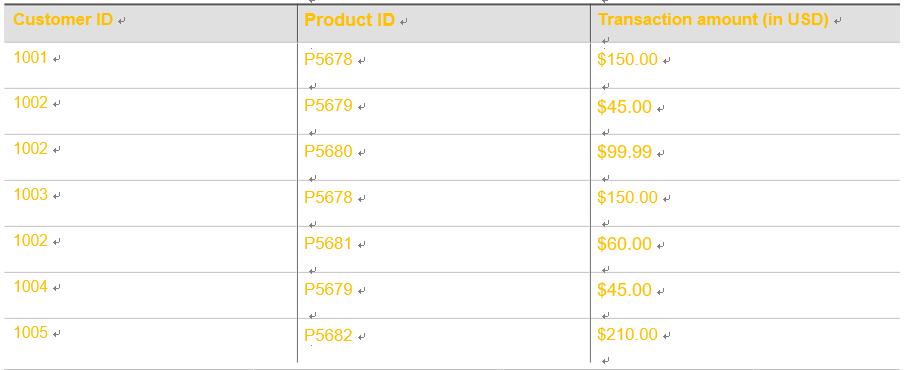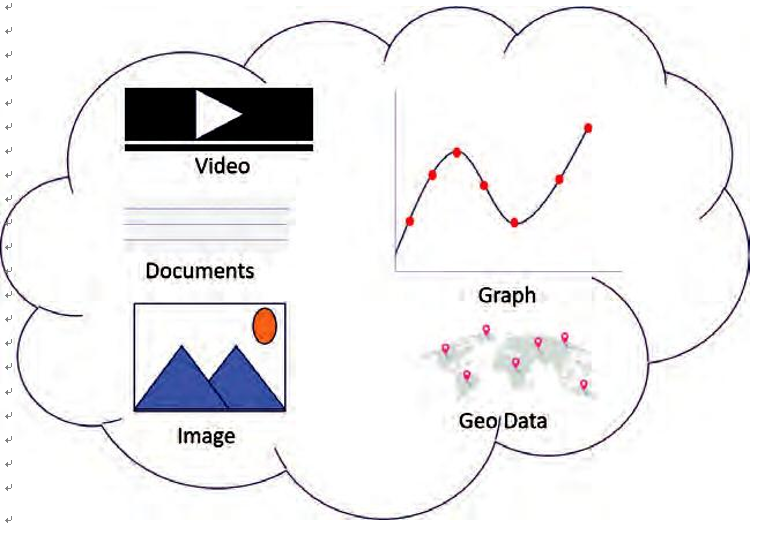Describe options for analytical data stores
In the digital age, data has been likened to oil, a valuable resource driving the engines of mod-ern businesses. But raw data, much like unrefined oil, has limited use. The transformation of this raw material into actionable insights is where the true magic happens, and at the heart of this alchemical process are analytical data stores. This section will cover these specialized storage systems, each tailored to harness data’s potential in unique ways. Whether you’re diving into vast oceans of structured transactional data or navigating the nebulous realms of unstructured social media content, the right analytical data store not only holds the key but also maps the path to treasures of insights. Let’s discover the possibilities they present.
Relational data stores
Relational data stores are the backbone of structured data storage. Designed around tables with predefined schemas, they shine when you’re working with structured datasets and need to run intricate queries.
For example, think of an e-commerce store’s transactional data. Each purchase, customer detail, and product attribute fits neatly into tables that relate to each other, as shown in Table 4-1.
TABLE 4-1 Relational data stores

110 CHAPTER 4 Describe an analytics workload on Azure
Table 4-1 illustrates a simple relational database structure. Each row represents a unique transaction. The same customer (like Customer ID 1001) can make multiple transactions and purchase different products. The Transaction Amount column denotes the cost of each prod-uct during the transaction.
NoSQL Data Store
Stepping away from strict relational schemas, NoSQL offers flexibility. NoSQL data stores are ideal for semi-structured or unstructured data, including documents, key-values, and more. Figure 4-5 demonstrates the flexibility offered by NoSQL with varying data points.
For example, consider social media posts. Each post might have varied data points; some might have images, and others might have polls or videos. NoSQL handles this variability gracefully.

FIGURE 4-5 Data points supported by NoSQL

Leave a Reply